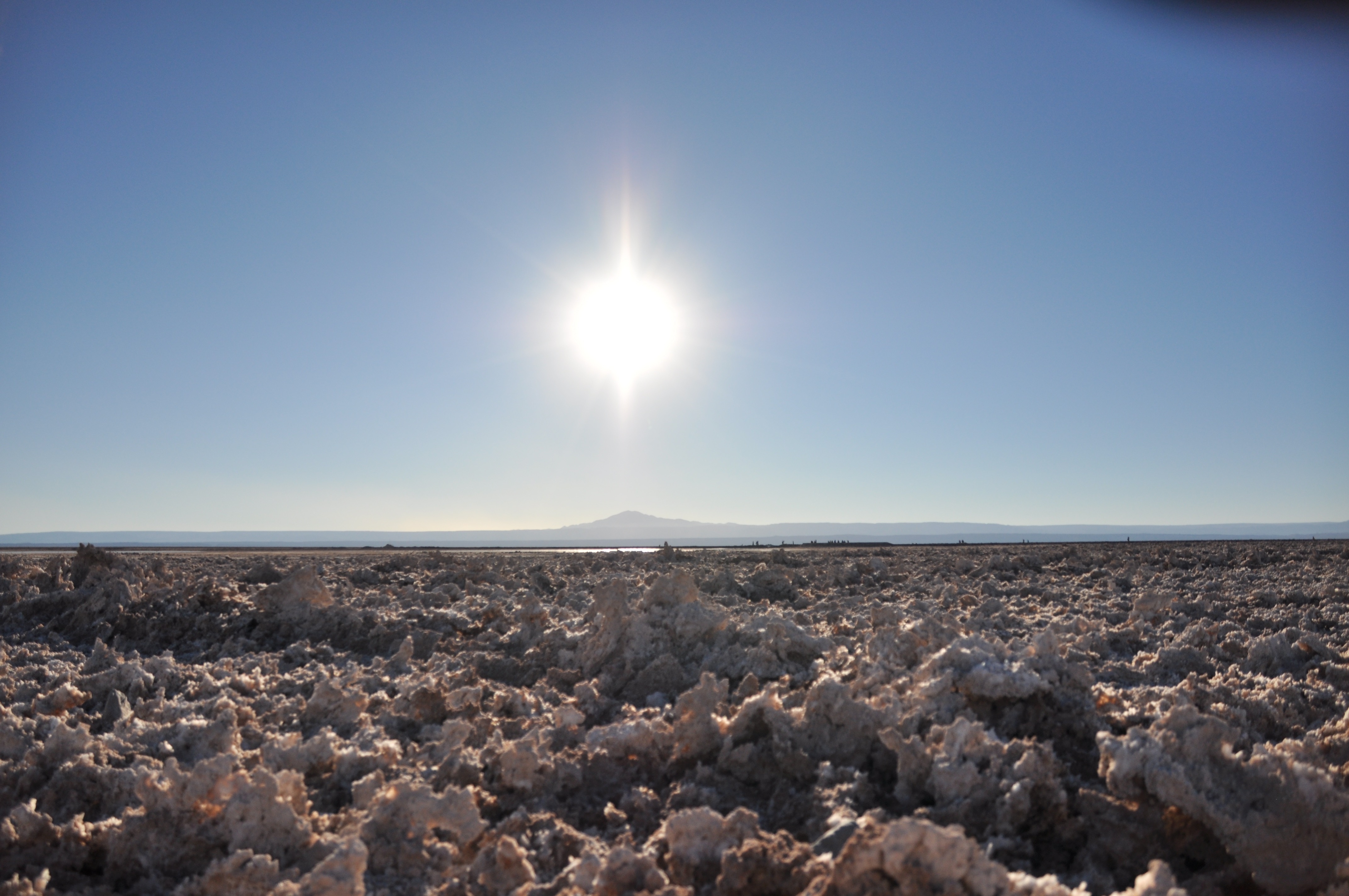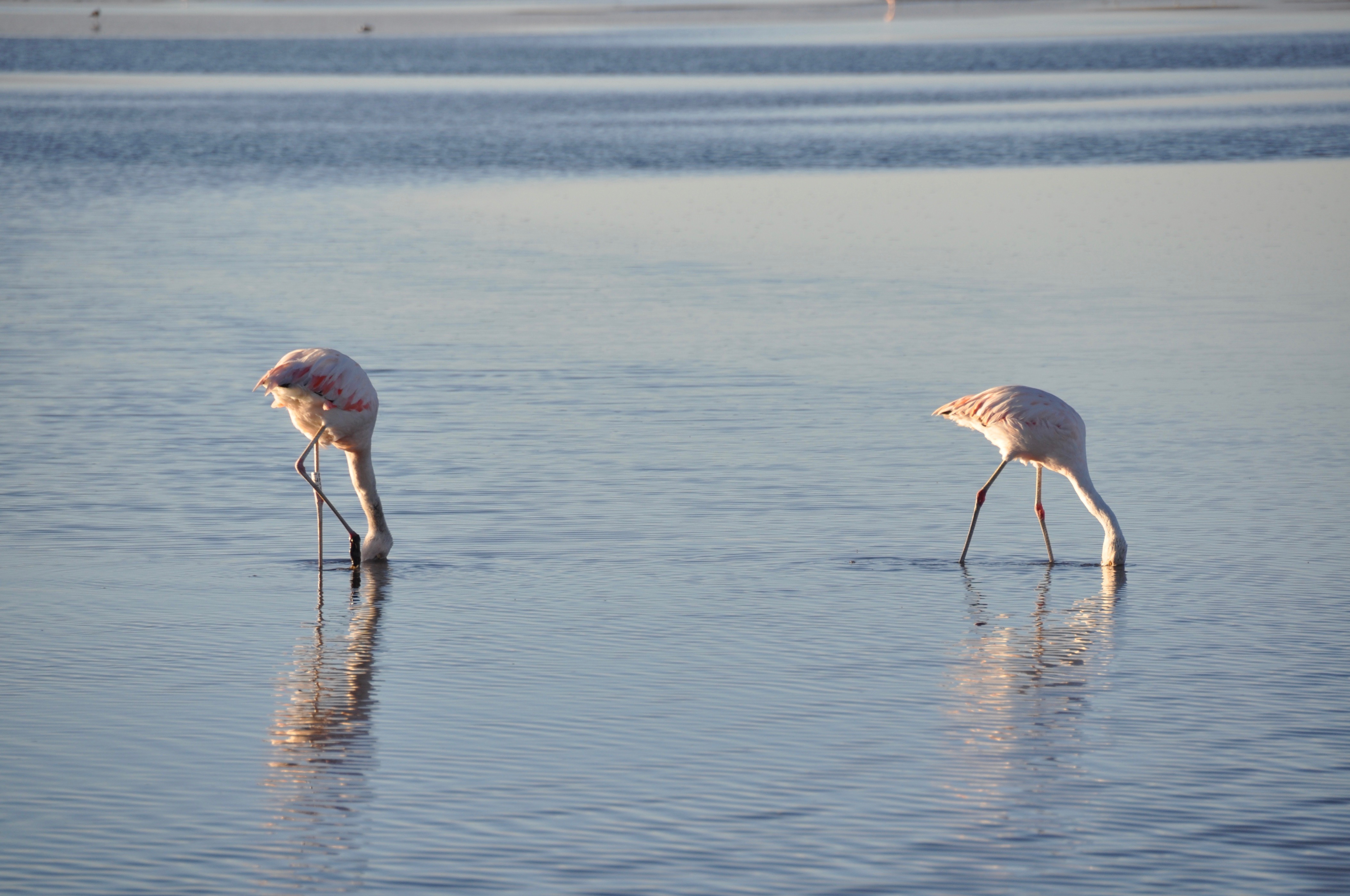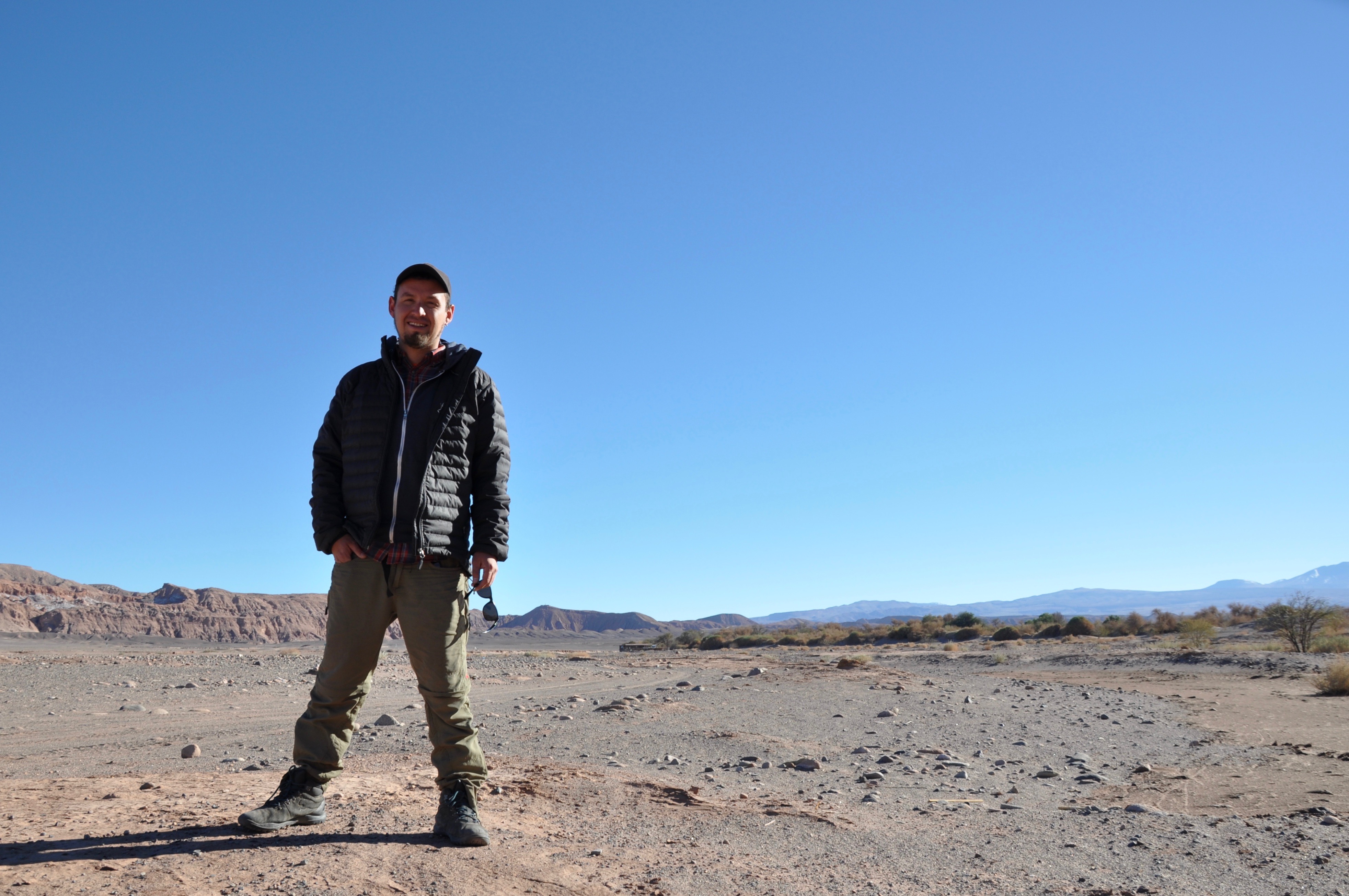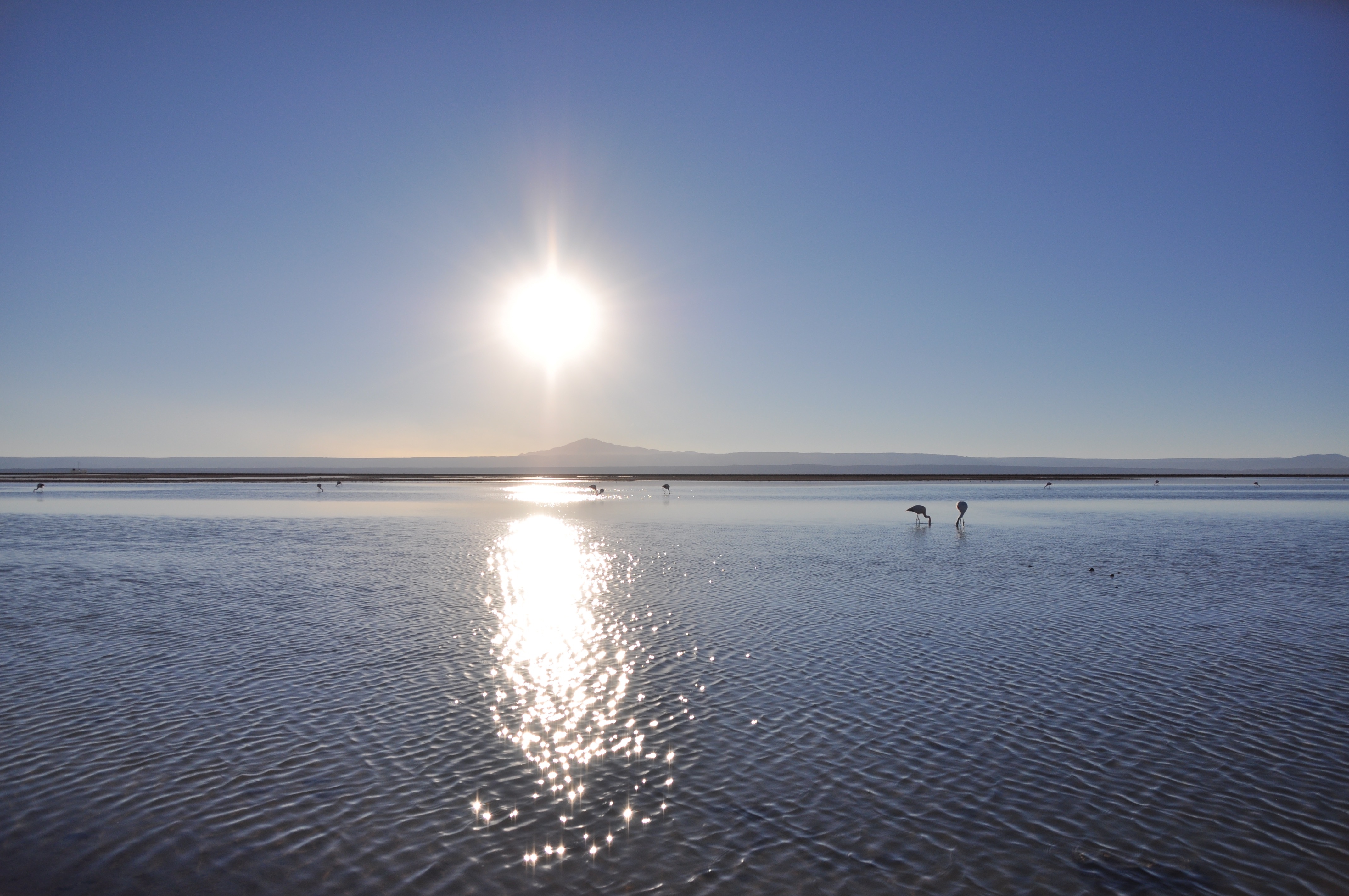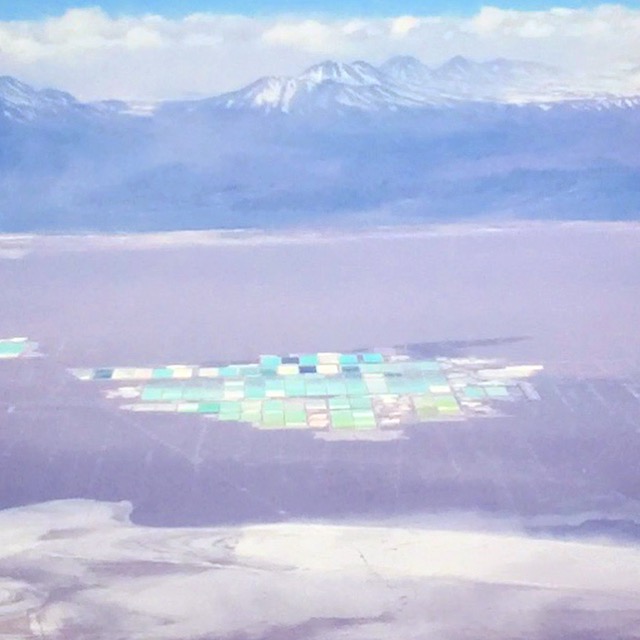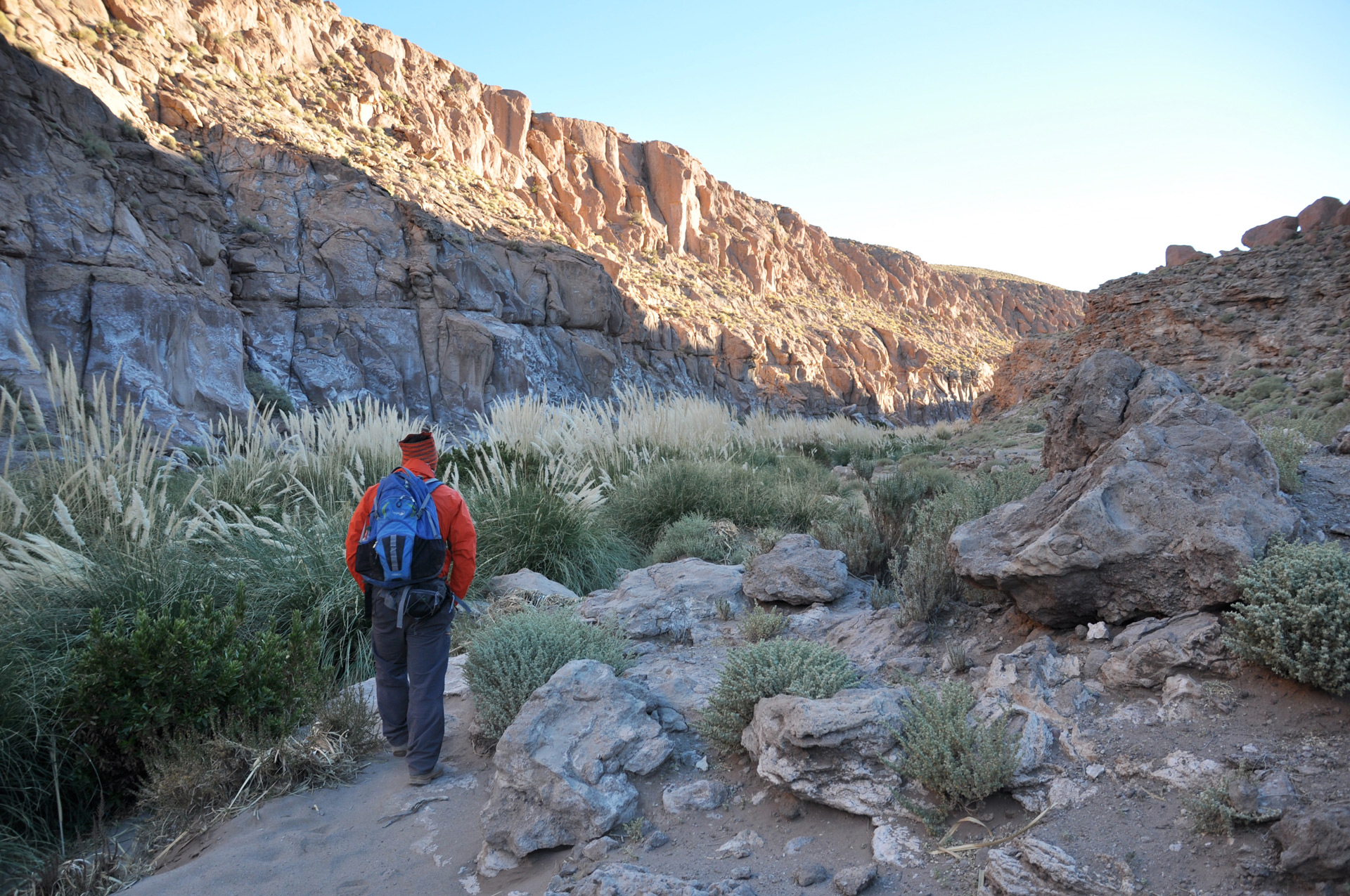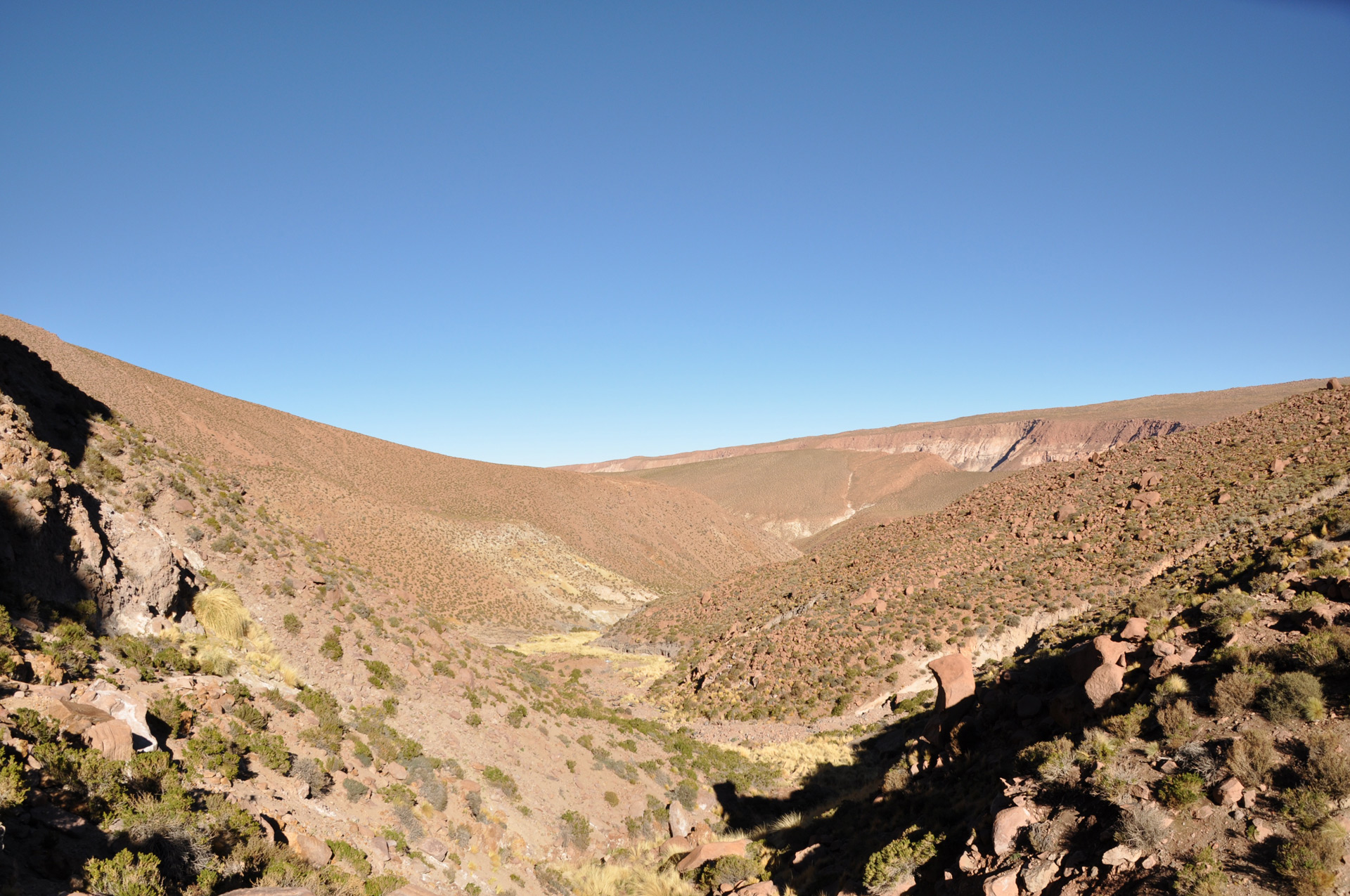Words & photography by Abi Butcher
“This dust storm has been a nightmare,” says farmer Karen Luza, as she boils a dusty kettle in her outdoor kitchen and fills a thermos flask, being careful not to waste a drop of energy or water in the process. There’s no tap here, no electricity switches to flick — one thermos keeps water hot for coffee all morning long.
Just watching Karen’s routine, a carefully orchestrated version of my own morning spent showering, teeth brushing, coffee making and even throwing away my dog’s 24-hour old water to replenish it with fresh, makes me feel ashamed.
“There’s no tap here, no electricity switches to flick — one thermos keeps water hot for coffee all morning long.”
I’m in middle of the Atacama, the highest and driest desert on earth, where farmers scratch a living among the dry river valleys and dust storms, fighting for the rights to use their own, precious water. The day I arrived, an immense storm was blowing sand across the plains, confining tourists to barracks and me to my bedroom in the Tierra de Atacama hotel, with its glorious views of the Licancabur Volcano on the border with Bolivia.
The hotel, like so many in the area of San Pedro, has its own spa and pool, which seems at odds with the desert, although there are signs in the rooms asking clients to conserve water — and to limit their use of disposable plastic by refilling the tin water bottles provided on arrival. Solar panels provide enough energy for Tierra Atacama’s daytime operations, and waste water from the bathrooms, kitchen and spa is recycled to wash cars, irrigate the gardens and such like.
